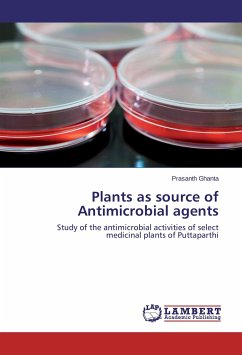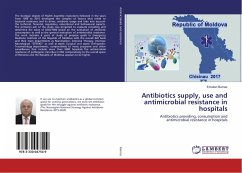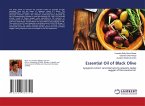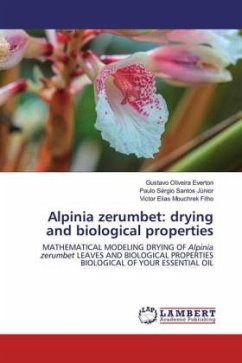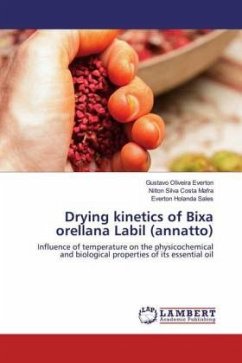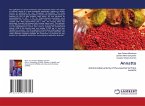With the increased emergence of Multi-drug-resistant strains of pathogenic bacteria, it has become a necessity, to find new compounds that can either kill or stall the growth of bacteria. Plants were being used for treating ailments from times immemorial. Ethnopharmacology (the scientific study of the ways in which drugs are used by ethnic population) and Ethnopharmacy (the scientific validation of the traditional medicinal practices) were responsible for the production of plethora of compounds, which could be used directly or as leads for the production of novel antimicrobial agents. Many of the present day drugs are part of the folk and traditional healing practices. In the present book, the role of plants as source of anticrobial agents is described in detail, along with the results of the studies conducted to determine the antimicrobial activity of some medicinal plants (Indian almond and Indian gooseberry).

